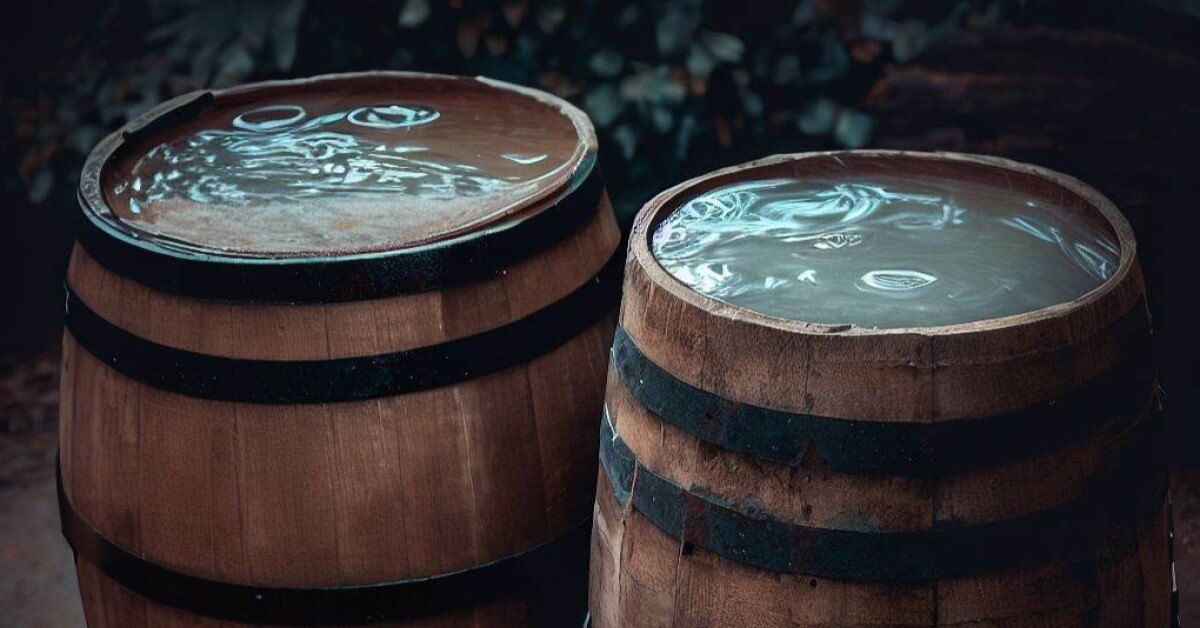There are two containers: One housing a litre of water, the other a litre of milk. A spoonful of water is carefully transferred from the first container to the second, mixed thoroughly, and then a spoonful of the resulting mixture is returned to the first container. Which is greater, the amount of water in the second container or the amount of milk in the first?
[Answer] The answer may appear counterintuitive, but indeed, they are equal. However, convincing some individuals of this truth requires thought and insight.
One way we can demonstrate that the amount of water in one container is the same as the amount of milk in the other is modelling the problem using a deck of cards (as suggested in Resonance – Journal of Science Education).
Divide the deck into two equal piles, one containing 26 black cards and the other 26 red cards. Transferring some cards from the black pile to the red, shuffling them, and then returning an equal number of cards back to the black pile results in an intriguing observation. The number of black cards in the second pile must precisely match the number of red cards in the first pile.
Whether it’s the fluid contents of the containers or the cards in a deck, the underlying principle remains the same: if two sets are initially equal and undergo identical operations, their quantities will inevitably stay balanced.
